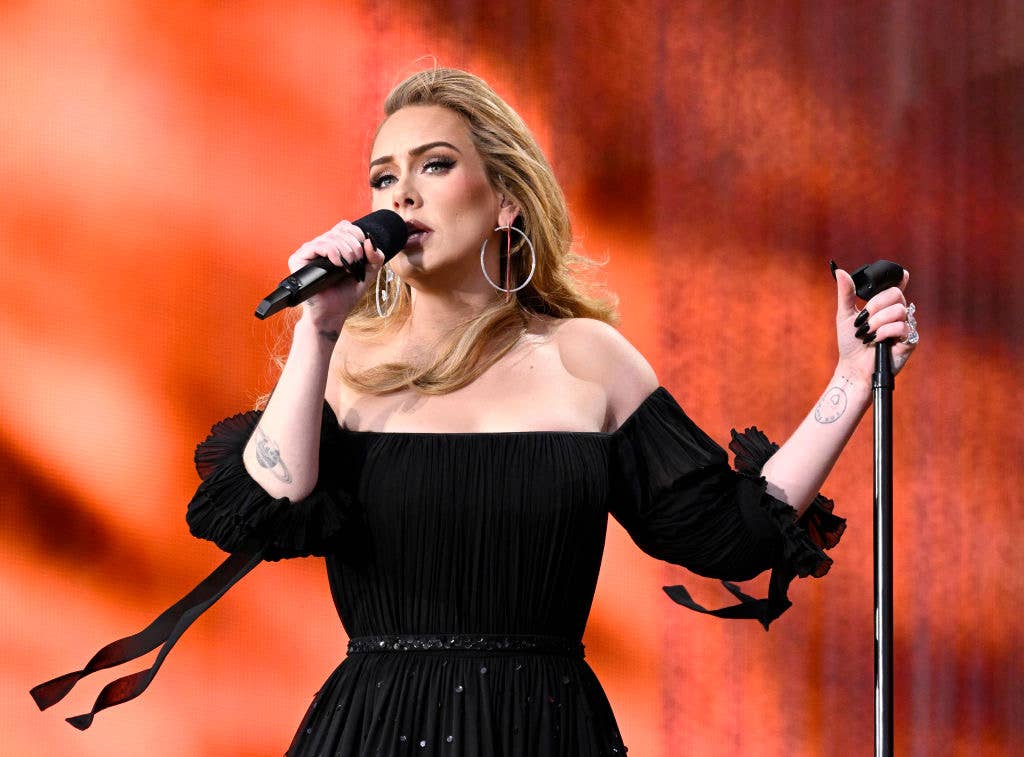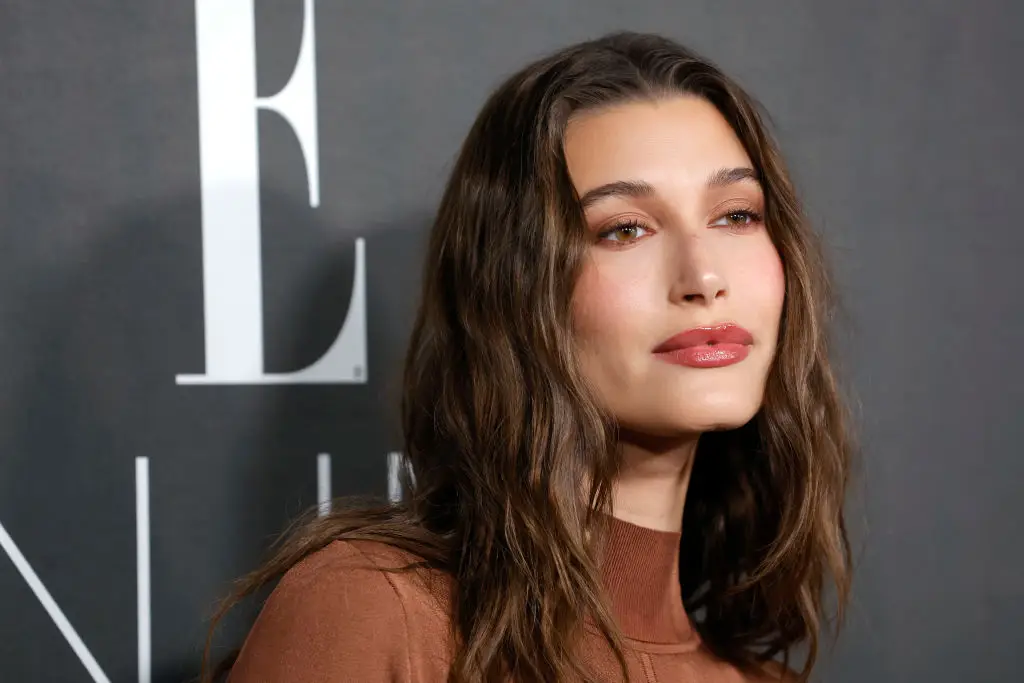
Dolce & Gabbana Plans to Ban Fur from Future Collections
Fur is quickly falling out of vogue. In recent years, fashion giants have joined the Fur Free Alliance, removing fur products from the runways worldwide. From Saint Laurent to Gucci, fashion houses have dropped animal products from their collections. Now, Dolce & Gabbana is the second luxury fashion giant to ban fur this year following Moncler. The Italian-based fashion house intends to start removing fur materials from its collections as soon as this year.
Dolce & Gabanna is known for its use of fox, mink, and rabbit furs, but as consumers steer away from animal-based clothing, the fashion house began experimenting with a variety of faux furs. The company started introducing synthetic fabrics sourced from polyester and acrylic. Now, the company plans to develop new faux furs to properly replace its previously animal-based clothing items.
The fashion house ensured that it would continue working with the fur artisans involved in its clothing production, using the artisans' expertise and efforts instead to develop sustainable fur alternatives. The company also announced that it would begin experimenting with more recycled materials to make its entire clothing collection more environmentally friendly.
“The entire fashion system has a significant social responsibility role that must be promoted and encouraged: we will integrate innovative materials into our collections and develop environmentally friendly production processes, while at the same time preserving artisans' jobs and know-how otherwise in danger of fading,”. Communications and Marketing Officer and Dolce & Gabbana Fedele Usai said. “A more sustainable future can’t contemplate the use of animal fur.”
Fur Free Fashion Enters the Limelight
Dolce & Gabbana stood as one of the last major fashion houses still actively producing clothing with fur. Following Moncler and Dolce & Gabbana’s decisions to drop fur from their collection, few major fashion giants will continue to offer fur products. Younger generations show no interest in fur or animal-based clothing collections. As ethical and environmental concerns rise, fashion giants have felt pressured to redesign clothing collections. Now, more than 300 companies have joined the Fur-Free Alliance.
Both Moncler and Dolce & Gabbana’s announcements were met with praise from organizations including the Fur Free Alliance, In Defense of Animals, and the Humane Society International. The animal welfare and environmental activist groups have petitioned the fashion industry over the last decade, and now, few brands still feature fur products. Alongside side the praise for Dolce & Gabbana, the Humane Society called out one of the lagging fashion brands.
“The amount of companies going fur-free in the last year is staggering,” says Humane Society Fashion Policy Director PJ Smith said. “The majority of luxury brands are fur-free now, with very few left selling fur. The elephant in the room is LVMH. There’s competition among brands now as to who is the best on animal welfare. Companies are starting to see that they can do well by doing good. They might ban fur first and take additional steps in the future, phasing out exotic skins, angora and down, while investing in next-generation plant-based materials like mycelium.”
As fashion houses ban fur from the runways, ELLE magazine just instated its fur ban across 41 branches of the publication. Late last year, the fashion magazine revealed that it would implement a global ban on fur in the editorial and advertising section. The ban marks the first time a major fashion magazine has turned its back on fur, placing additional pressure on companies such as LVMH. The ban went into effect on January 1, 2022.
Italy Prohibits Fur Farming
While consumers and fashion giants turned away from animal-based fur, governments worldwide have started drafting and even enacting policies to ban fur farming completely. The Dolce & Gabbana announcement comes on the heels of Italy’s recent fur farming ban. The Italian government recently voted to approve a law that would permanently prohibit fur farming nationwide. The legislative step is an important shift for Italian-based fashion houses like Dolce & Gabbana and LVMH.
“This is a historic victory for animal protection in Italy,” Humane Society International Italy director Martina Pluda said. “Today’s vote recognizes that allowing the mass breeding of wild animals for frivolous fur fashion represents a risk to both animals and people that can’t be justified by the limited economic benefits it offers to a small minority of people involved in this cruel industry.”
Worldwide, the fur ban joins several other European governments in the campaign against the fur industry. If the fur farming ban passes into law, Italy will become the 16th European country to successfully ban fur farming alongside France, Estonia, Hungary, and others.
Within the United States, fur bans have only been successfully passed statewide in California and citywide in Ann Arbor, Michigan. Even though there is no sign of fur bans federally, more US cities and states have introduced fur bans that could go into effect in the near future, motivated by the industry-wide push against animal-based production.
Sandra Oh and 20 Others It Might Surprise You to Learn Are Plant-Based
1. Paul McCartney
Sir James Paul McCartney is no stranger to a meat-free life as he's been vegetarian for 45 years. He initially went vegetarian in 1975 with his first wife Linda McCartney and began his advocacy for animal rights.
2. Sia
If you find yourself constantly singing along to the song The Greatest, then you're already a Sia fan. Sia tweeted that she is "fully vegan now" back in 2014 and stays true to her word
3. Sandra Oh
Way back at the start of Grey's Anatomy, Sandra Oh took the cast out for a plant-based lunch at Truly Vegan in Hollywood. In her effort to inspire contemporaries to eat vegan, the TV star is known to invite her friends for vegan meals that are delicious. She adopted the vegan lifestyle years ago and continues to quietly live a cruelty-free life.
4. Gisele Bündchen
Giselle revealed that when she was at the peak of her modeling career, her diet consisted of "cigarettes, wine, and mocha Frappuccinos," according to an interview in People Magazine. Now 39 and the mother of two children, Gisele eats a "mostly" plant-based diet to nourish her body and stay fueled.
5. Alec Baldwin
Alec Baldwin has made a bigger commitment to plant-based eating since he was first told by doctors that he was pre-diabetic and needed to change his diet. That was decades ago. But, over the last few years, he's been vocal about the benefits not only to his health but also the impact plant-based eating has on the environment.
7. Pamela Anderson
We all remember Pamela Anderson as the curvaceous blonde in the hit series Baywatch as she played Casey Jean in the red one-piece swimsuit that brought her world-class fame. She is a life-long active animal rights advocate and teamed up with PETA to join the Animal Protection Organization.
8. Kristen Stewart
"We shouldn't eat as much meat guys," Kristen Stewart told GQ in an interview in January. The Twilight star has made a full 180 from vampire to vegan. When she appeared on the game show "Hot Ones" she chose to skip the wings and instead compete by eating increasing spicier sauce on vegan cauliflower wings.
9. Jared Leto
This award-winning actor eats a high-protein diet consisting of only plants. Leto, who has been plant-based for 20 years, says it keeps him "shredded" in an interview. Now, 48, Leto looks half his age.
10. Jaden Smith
Jaden Smith switched up his diet from vegan to vegetarian, meaning that he doesn't eat meat but does eat dairy from time to time. In a recent article by Plant Based News, Smith admits he skipped meals and was not getting the proper nutrition when he was vegan, but this hasn't stopped him from espousing the plant-based life.
11. Meghan Markle
Meghan, the Duchess of Sussex has never admitted to being fully vegan, but sources say, she eats a plant-based diet most days during the week. She is teaching Prince Harry vegan cooking and in a Plant-Based News article, Markle explained how she hopes to raise baby Archie on a mostly vegan diet.
12. Serena Williams
As a professional athlete, fueling the body is a key factor to Willaim's successes. In a Bon Appetite article, she explained that she adopted a plant-based diet back in 2012, she was eating a lot "healthier" for her sister, Venus, who eats a strict vegan diet for health reasons.
13. John Mackey
The popular grocery store, Whole Foods Market sells vegan products and nonvegan products which arises black lash from ethical vegans as CEO John Mackey follows a strict vegan diet. The successful businessman grew up in Houston Texas and told Business Insider that he would traditionally eat processed foods for dinner while watching TV with his family. Now, Mackey steers clear from the processed isle and eats a clean vegan diet and feels amazing at the age of 65.
14. Jason Mraz
Jason Mraz, singer of the popular song, I'm Yours, committed to a vegan diet to support his friend diagnosed with Type 2 diabetes. Mraz says he eats mostly raw food and told magazine sources his favorite vegan dish is "Chocomole, a mixture of avocados, dates, cacao, agave nectar, and coconut oil."
15. Leona Lewis
Long time vegan, Leona Lewis grew up in a vegan household and continues to eat a plant-based diet. Lewis first adopted the diet at 12 when she learned about the health risks of eating animal products but told Women's Health Magazine she occasionally eats an omelet. She also mentioned her 2:30 lunch is normally a kale salad topped with dried cranberries and she loves a veggie stir-fry for dinner.
16. Hannah Teter
Hannah Teter changed her diet after watching the documentary, Earthlings when she discovered how "horrible" factory farming is. After a strict vegetarian diet, Teter liked the way she performed as an athlete and believes that her diet helped her win gold at the 2006 games.
17. Maggie Q,
You may recognize Maggie Q as the star of the Nikita series, but in the plant-based world, she's well-known for her heroic activism. Maggie Q has followed a strict vegan diet for 19 years, making her a true veteran of the lifestyle. She made the plant-based diet transition because she felt sluggish and had low energy, she has said. The famous actress keeps in shape by eating veggies and plant-based protein and working out with a passion.
18. Madelaine Petsch,
Winner of the first Masterchef vegan cook-off with Gordon Ramsay, Madelaine Petsch was raised vegetarian and went completely vegan at age 14. She claims that she started this diet before it was "trendy" and shot a campaign for PETA last year wearing a dress made of bok choy. Petsch says her vegan diet allows her to feel "healthier" and not "lethargic."
19. Millie Bobbi Brown
After doing a little sleuthing on her social media platforms we think Millie Bobbi Brown qualifies as plant-based. Whether or not she is actually skipping all meat and dairy, one thing is for sure: She eats mostly salads, vegetables and grains and lives a predominantly plant-based lifestyle full of healthy foods.
20. Chloe and Halle Bailey
The grammy-nominated sisters went vegan for a week with their mom but liked it so much they decided to stick with it. For one thing, it helps keep their "voices in shape" by eating a vegan diet and they emphasize the fact that dairy helps to limit extra mucus build-up, according to a PETA interview.
21. Hilary Duff
Best known for her role as Lizzie Mcguire in the long-running series, Hilary Duff is a recent vegan advocate and entrepreneur. She recently launched the vegan and cruelty-free eyeshadow palette, "Day Dreamer" and changed her diet to plant-based last fall.
More From The Beet






